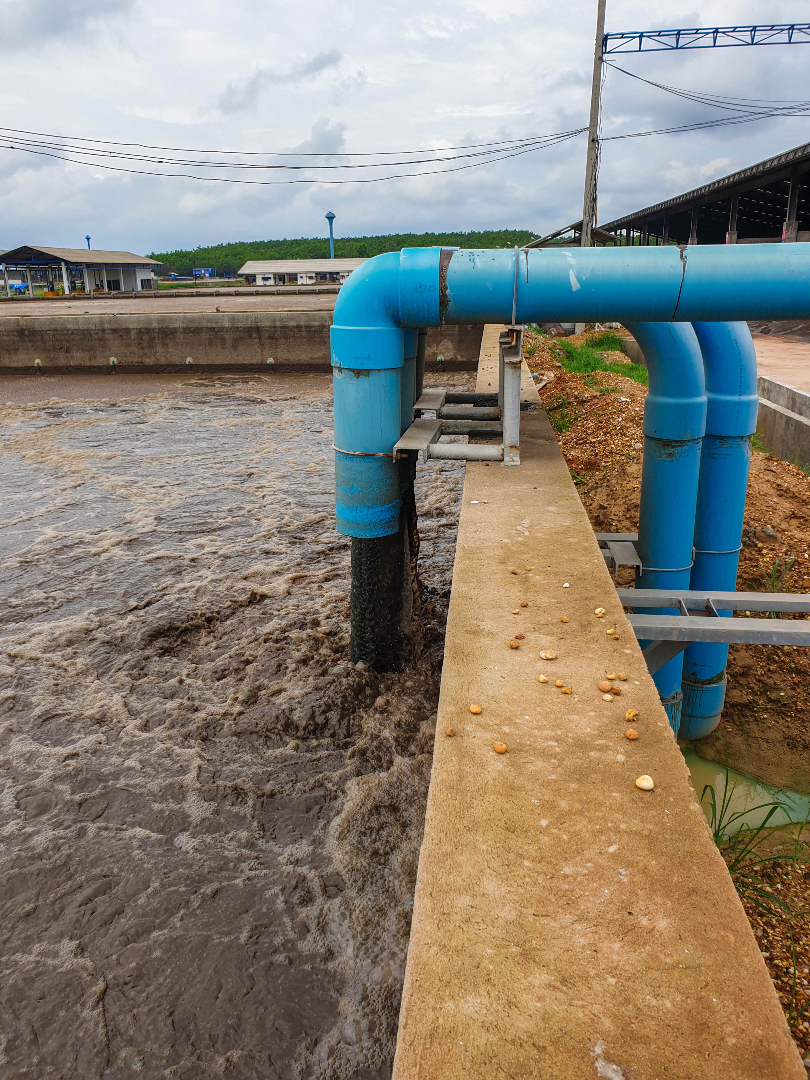
Wastewater Measures of SARS-CoV-2 Accurately Predict Frequency of Symptomatic Infections in the Community
On Jul. 24, 2025, a University of Minnesota study shows that widespread immunity through vaccination or natural infection has altered the predictive ability of wastewater for hospitalization and mortality.
In the early stage of the COVID-19 pandemic (2020–2022), levels of SARS-CoV-2 in wastewater could be used as a leading indicator for an upcoming surge in hospitalizations. However, as the pandemic evolved, this relationship degraded, and in Minnesota virus levels in wastewater now appear to be a lagging indicator of hospitalizations.
Fewer people with symptomatic COVID-19 require hospitalization because of preexisting immunity from vaccination or natural infection, although they contribute to virus levels in the wastewater. In addition, most testing is done at home, and results are less often officially reported to public health agencies. As a result, monitoring COVID-19–related illness is more difficult and less precise.
Between January 2022 and August 2024, the researchers conducted a longitudinal observational study that aimed to examine the correlation between symptomatic COVID-19 in health care employees and SARS-CoV-2 wastewater community levels. Wastewater was analyzed by quantitative reverse transcription polymerase chain reaction for detection of SARS-CoV-2. The Fairview Employee Occupational Health office provided deidentified data.
The team collected 215 wastewater samples from the Twin Cities Wastewater Treatment Plant over a 32-month interval. Over that period, there were 6,879 positive SARS-CoV-2 test results reported to Fairview Employee Health from individuals who lived in the wastewater catchment area. They found that SARS-CoV-2 levels in wastewater accurately predicted the subsequent COVID-19 case count the following week in the community (P = .001).
Collectively, these data demonstrate that wastewater can be an important and useful tool to track the spread of clinical COVID-19 disease through a community, which has important implications for public health. Wastewater surveillance also can provide an important tool for industry and corporations making workforce decisions around flexing capacity during periods showing significant increases in viral load.
This is of acute importance in sectors already experiencing shortages, as in health care settings, where wastewater data could inform resource allocation by guiding targeted clinical testing and enabling early implementation of infection prevention strategies.
Tags:
Source: Journal of Infectious Diseases
Credit:
